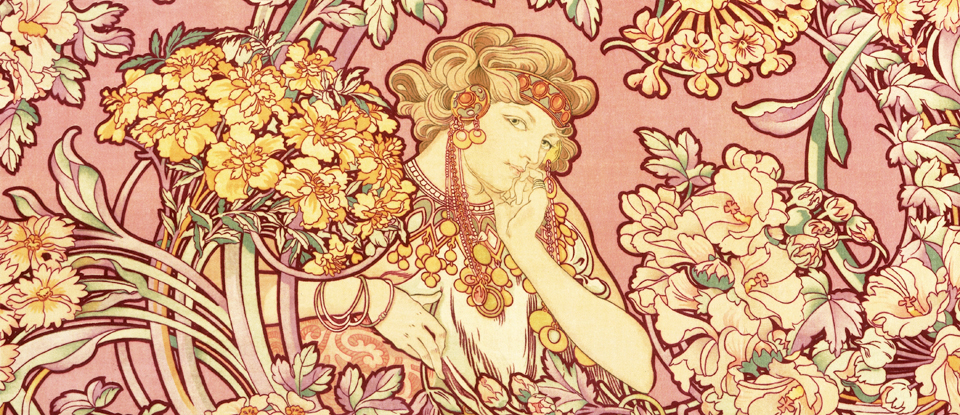
Post Modernism
Post modernists work became popular from the 1960's onwards and it's a contemporary style of art that doesn't follow any specific or traditional structure like modern art does. In the post modernist era, artists wanted to experiment more and break boundaries by looking and working outside the box to show more of their individual skill and creativity. The style is somewhat messy and unorthodox and used by artists such as Banksy, Jasper Johns and Andy Warhol. These artists are relevant today and their work is often mysterious and leaves the audience questioning the meaning behind the piece of art. There are no rules with post modernist art.

Futurism
Futurism started in Italy in the 20th Century, futurist artists like to capture speed and movement in their artwork so the artwork often features moving vehicles like cars and planes. As well as that, geometric shapes are used also curves and jagged lines in contrasting colours or many different shades of the same colour. Some of the main players in futurism are David Bomberg and Filippo Marinetti who showcased his futurism artwork in a magazine called 'Le Figaro' in 1909. Futurist art work can be found in propaganda posters for the Soviet Union where the main colours are red and yellow as well as spoofs of political posters like a Captain America and an M&M's poster.The futurism art movement became politically dead although today some inspiration is taken from the style of futurism and an example of this is the poster for the film 'the Black Swan'.

Soviet Realism
The Soviet Realism art movement started during the Russian Revolution in the Soviet Union and was common for around 60 years. The goal of this art movement was to further the goals of communism and socialism by elevating the job of the common worker, to make working life look desirable. So the main feature of Soviet Realism art work are the workers of the Soviet Union. A notable artist from this art movement is Dmitry Moor, a Russian artist who is recognisable for his propaganda that were used in Soviet Russia in the 1920's. The Soviet Realism art work had a big impact on Russia in a political way because the propaganda was manipulative and used to increase and decrease the popularity of different leaders. However in this day and age the art style of Soviet Realism is old fashioned and out of date.

Art Nouveau
The movement of Art Nouveau meaning 'new art' started in 1880's France and spread throughout Europe. It can be recognised by it's swirly floral patterns, women are often incorporated into the design therefore the design is feminine and appeals more to a female audience. Some of the main players in the movement were Toulouse-Lautrec and Alphonse Mucha. The Art Nouveau style has influenced many man made designs such as furniture, jewellery, cosmetics (specifically perfume bottles), typo graphics using serif font and the tea company 'Pukka' use a very Art Nouveau style packaging for their products. After 1919 the art style was considered quite old fashioned and wasn't commonly used anymore although you still see some elements of the style ion decorative work.

Bauhaus
The Bauhaus art school delivered the very beginning of modernism in artwork. The German school was founded by Walter Gropius in 1919 and it closed in 1933. The work of the Bauhaus school introduced art on a linear grid pattern making it neat and uniform as well as the rule of using minimal, sans serif fonts and no more than three colours. Bauhaus work looks as though a lot of time has been spend making it fit a certain criteria rather than being extremely unique and creative. In a lot of Bauhaus style posters there is often a lot of white spice as the style is minimalistic, leading you just to focus on the main topics of importance.

Swiss StyleThe Swiss Style art movement is very similar to the style of Bauhaus in fact, Josef Brockmann, one of the notable Swiss style artist originally went to the Bauhaus school but left to further his design ideas. Swiss style uses the linear grid method in its work and it's also often used on a 45 degree tilt. Otl Aicher is another artist that used the Swiss style in his work. He designed the posters for the Munich Olympics in 1972 and he created the first ever mascot which is a Daschhund called Waldi. Due to it's modern look, Swiss style design is still used in the modern day. Ikea is an example of where the style is used and you can see in their advertisements and text that the linear grid is clearly used.
What I knew?
Before hand I had touched on some of these art movements in school art lessons, specifically the post modernist style. I have learnt a lot about Banksy's work and also recreated some work in his style before as well as focusing briefly on Jasper Johns and Andy Warhol when looking at pop art design. Apart from the Post Modernist movement, I wasn't previously familiar with any of the other art movements. I am sure I have seen art in their styles but I wouldn't have been able to pinpoint which art movement they were from.
What was the task?
Each group was given a specific art movement to focus on. We had to create a presentation that included information about the context (When/where is it from? Who are the main players? How can we recognise the work?), information about some of the key players from the art movement trying to focus mainly on poster designs if possible to relate to the project we're doing, trying to find any propaganda posters from each movement and finally we had to conclude whether art from each movement was successful, whether it's still relevant today and where do we see it used. Vicky and I focused specifically on the Swiss Style movement.
What do I know now?
As I was previously only familiar with the Post Modernist art movement I'm now familiar with all of the movements above. I would be able to recognise their style and say which art movement inspiration was taken from in posters I see today. Also I would feel comfortable applying these styles to my own work by knowing which styles were more successful in their work and which styles are still relevant today.
No comments:
Post a Comment